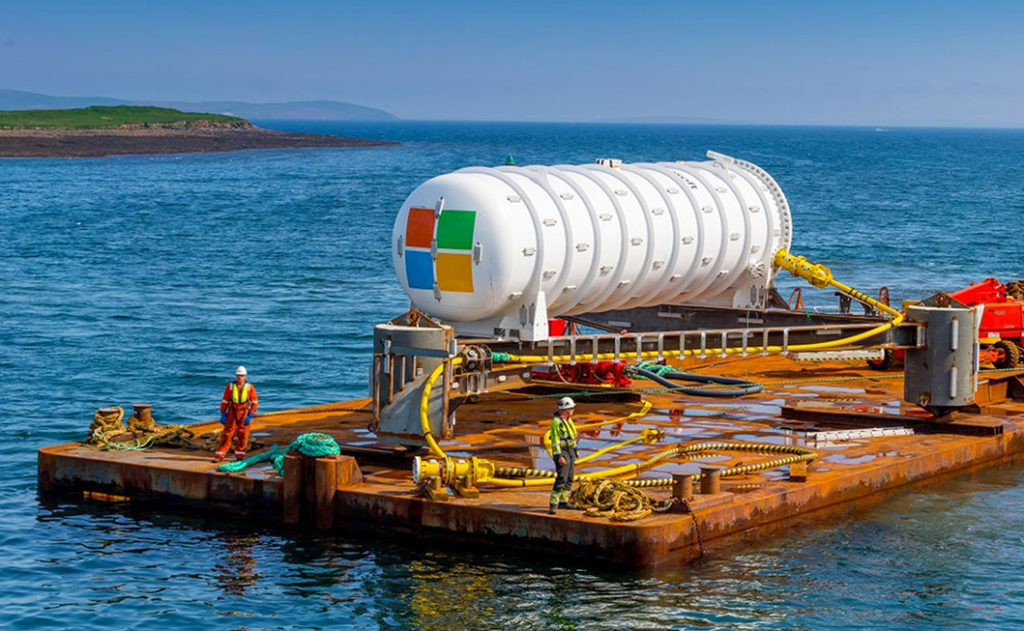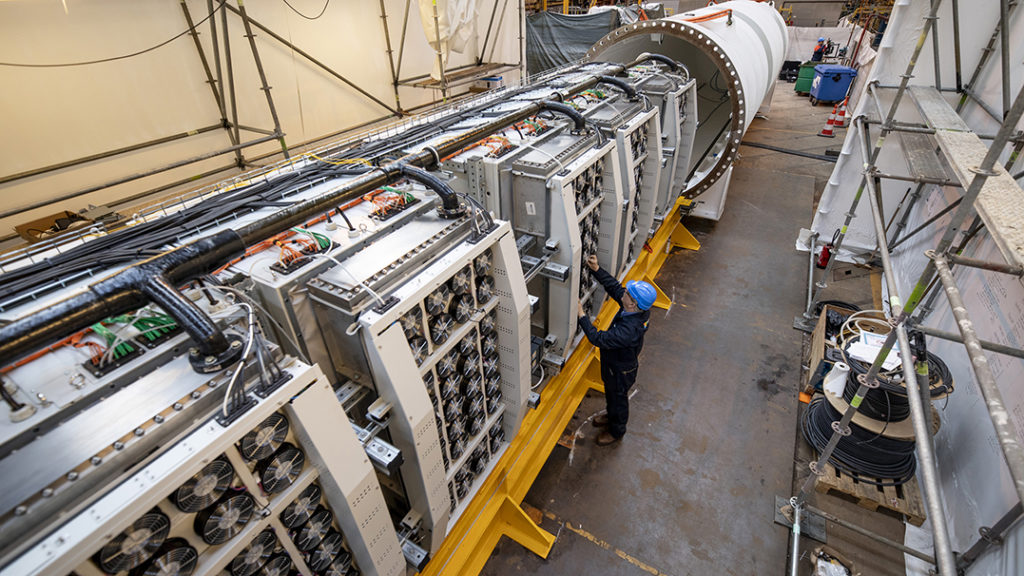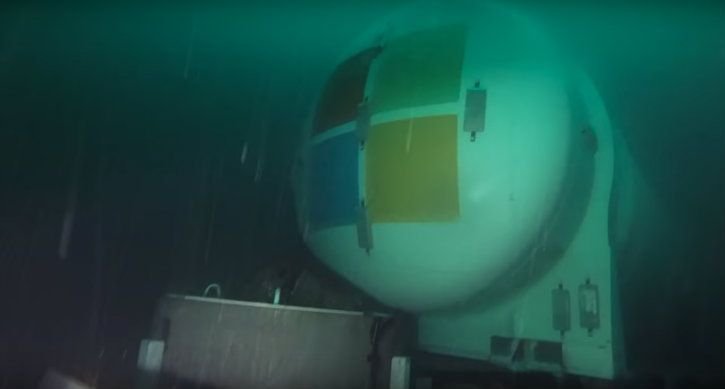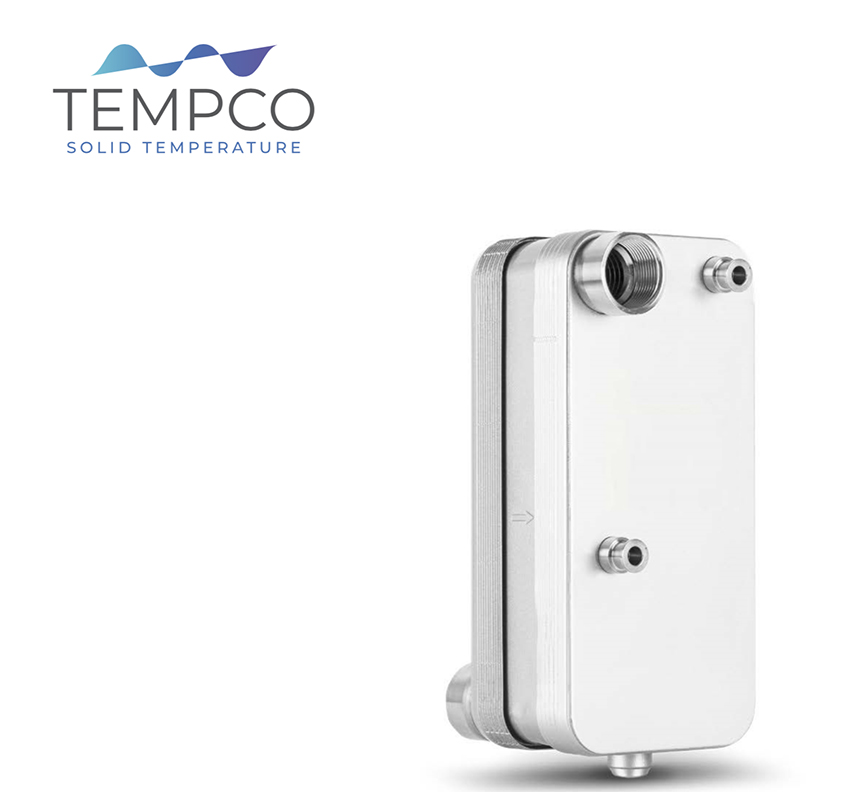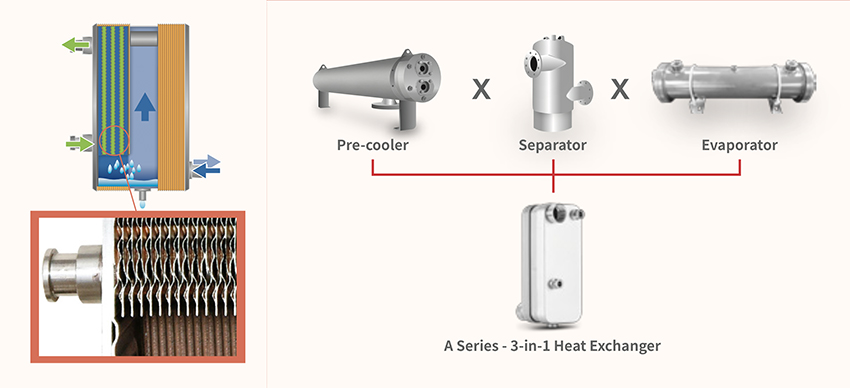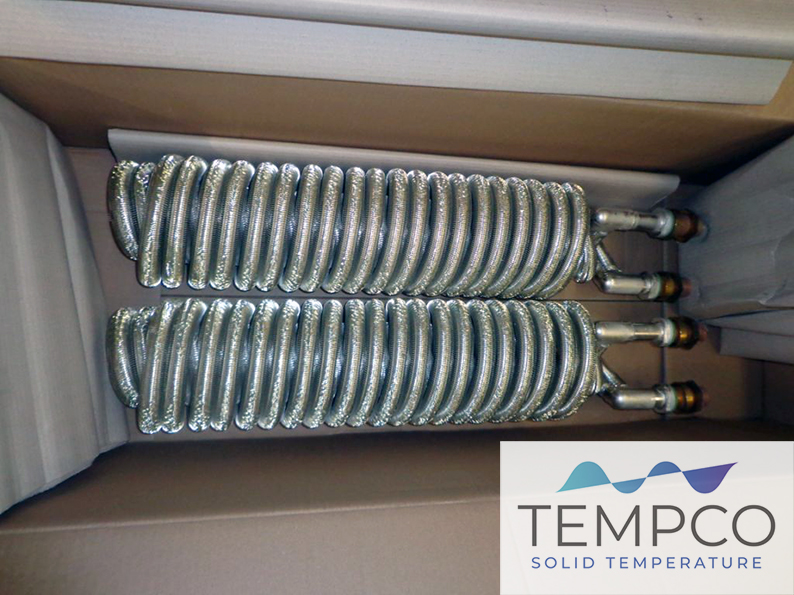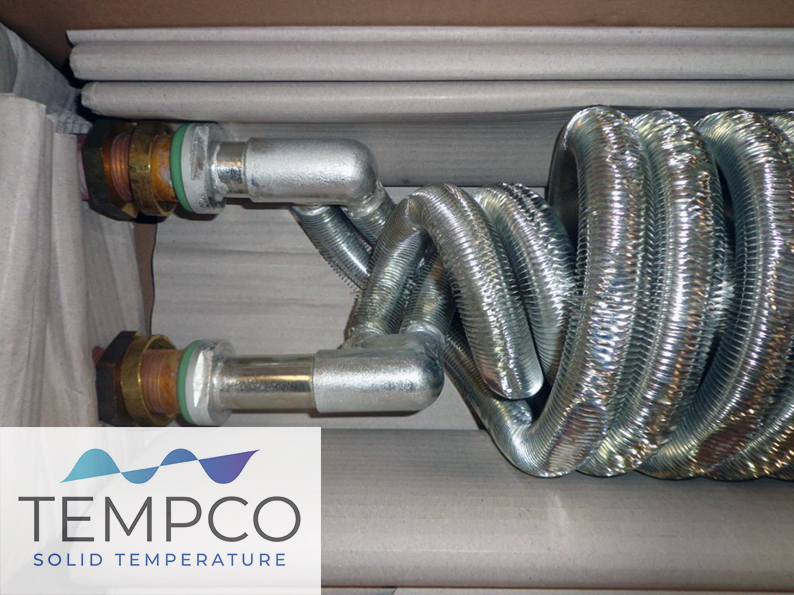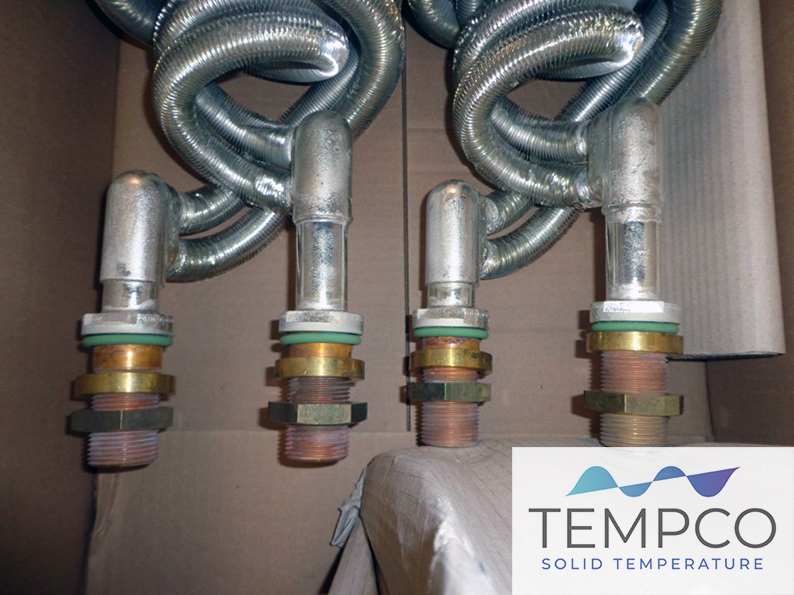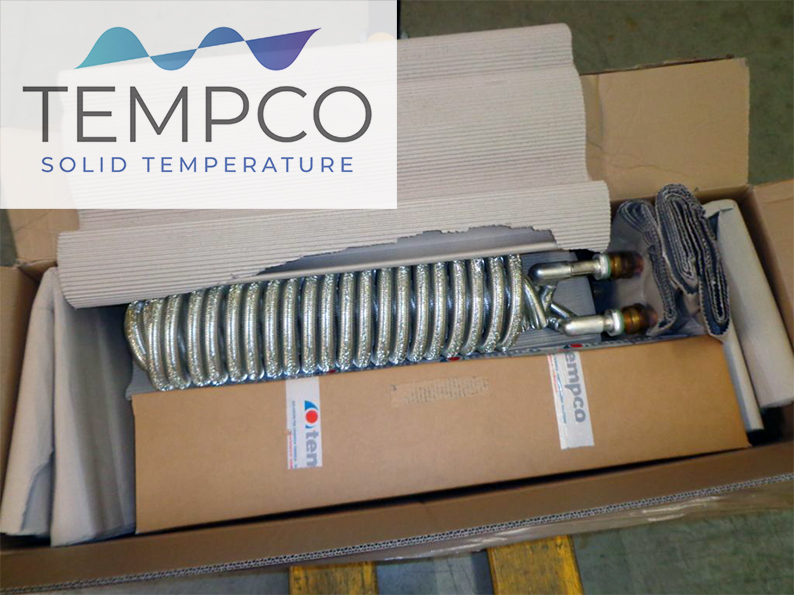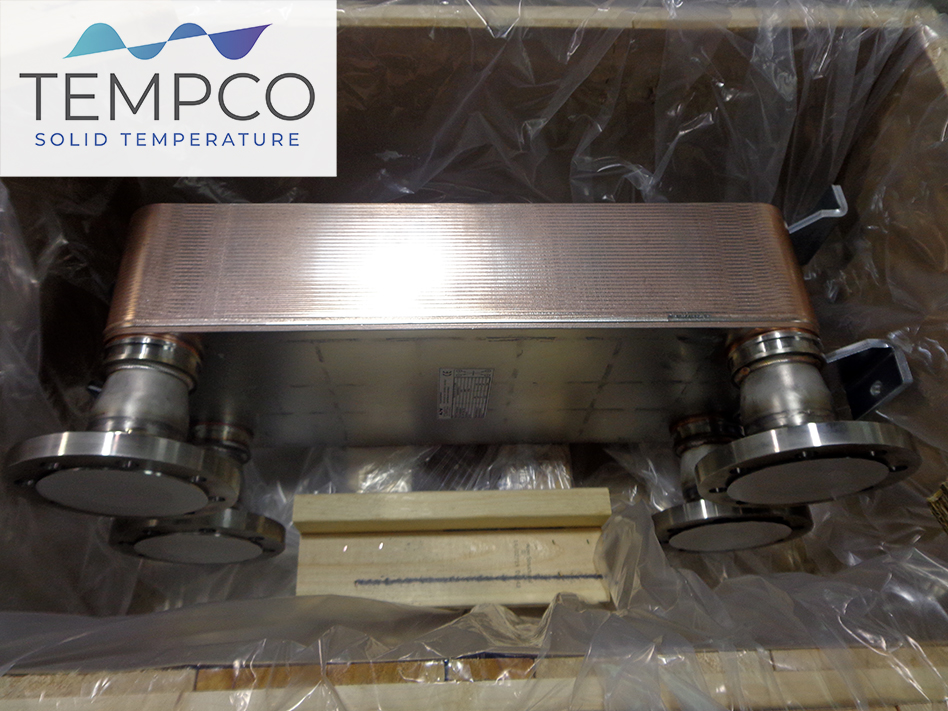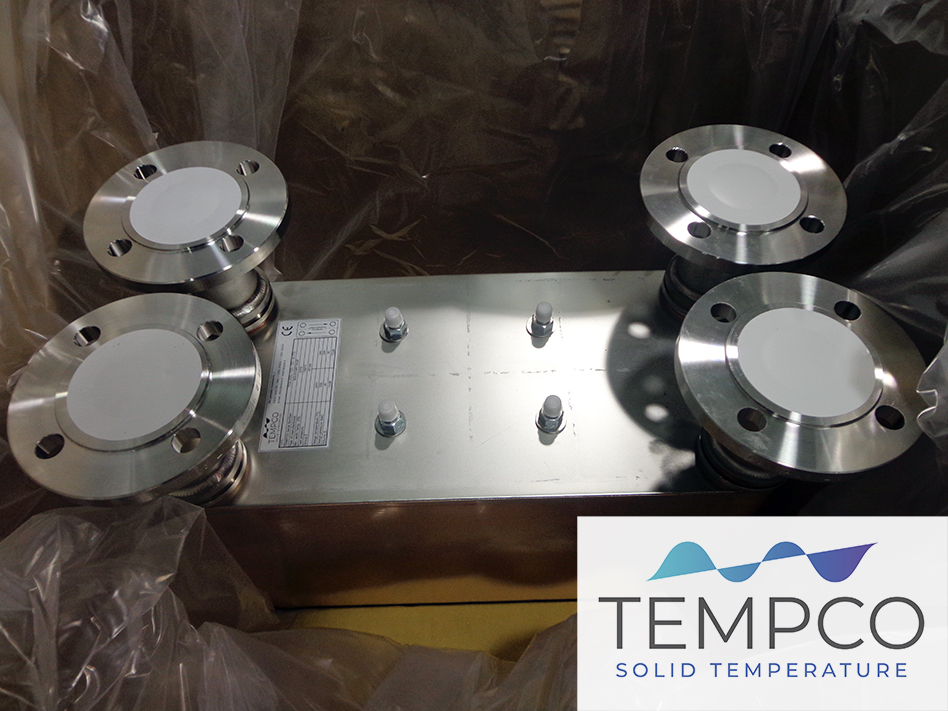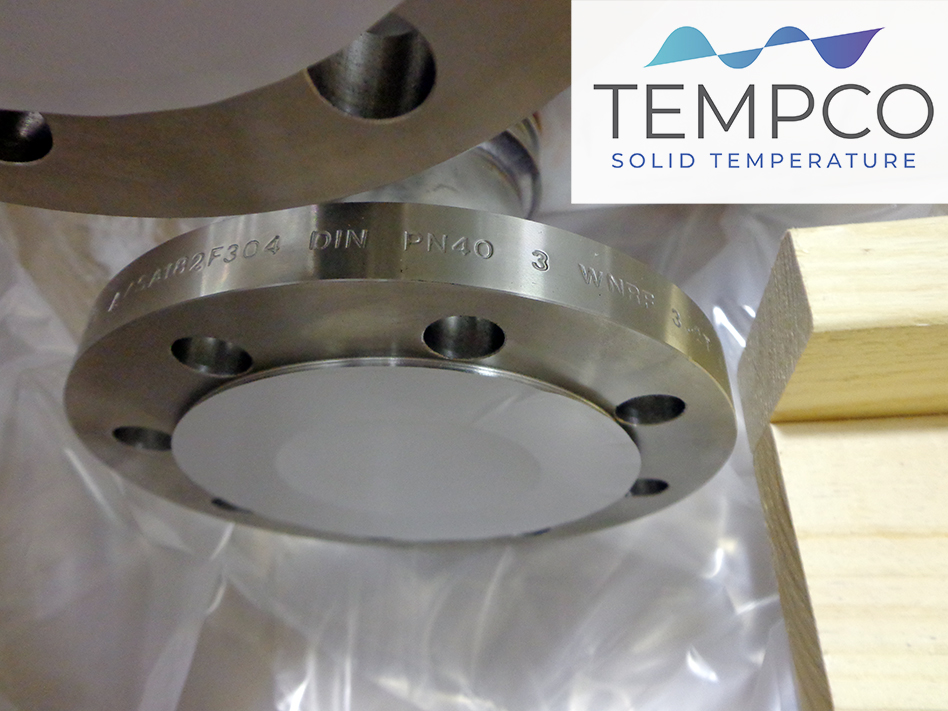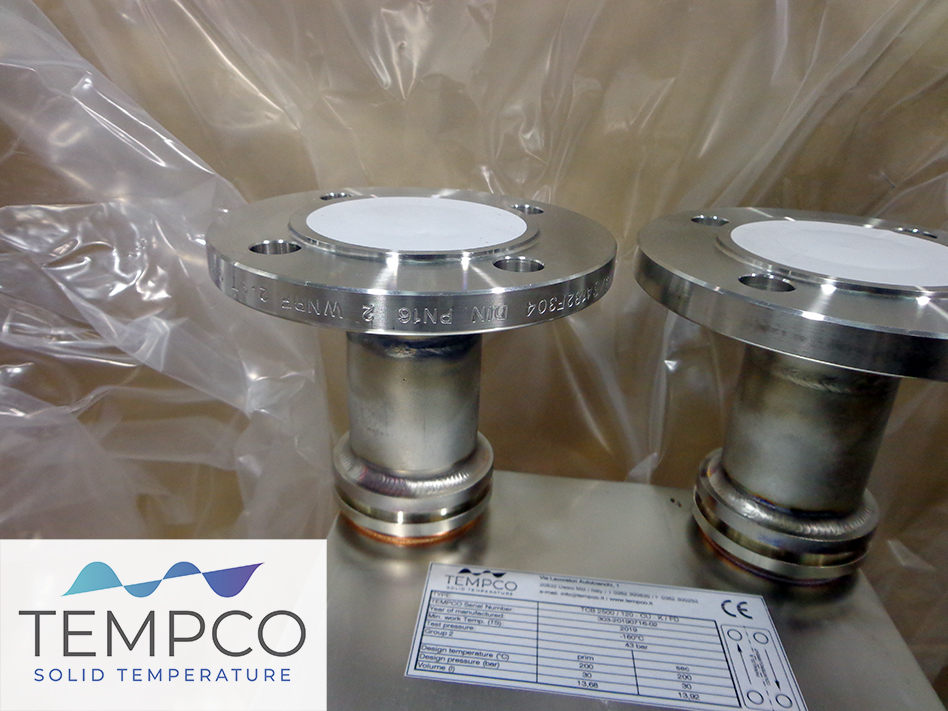We’re to talk about noise levels and efficiency, referred to cooling towers applications. This is a topic we’ve already faced in the past more than once, because evaporative towers while offering high cooling capacities are also a source of noise generated by the moving parts in fans employed to obtain the required air flow.
Noise emission levels became surely a big problem in the case of a Poland gas distribution company that a technological partner of ours, Wentylatory Wentech, grabbed to our attention. The energy sector company had to face back in 2015 the risk of a class action from residentials and recreation centers that along the years were builded in the ponds near the plant.
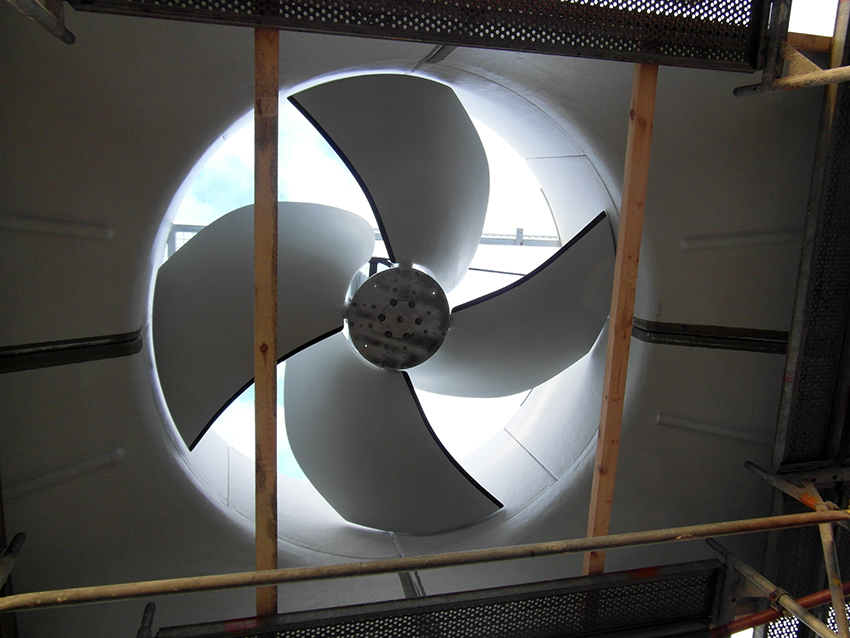
The problem was then to adopt solutions aimed to decrease disturbing noise emissions able at the same time to ensure to same high air flow rates required to maintain the efficiency of the extensive fan cooling towers system installed.
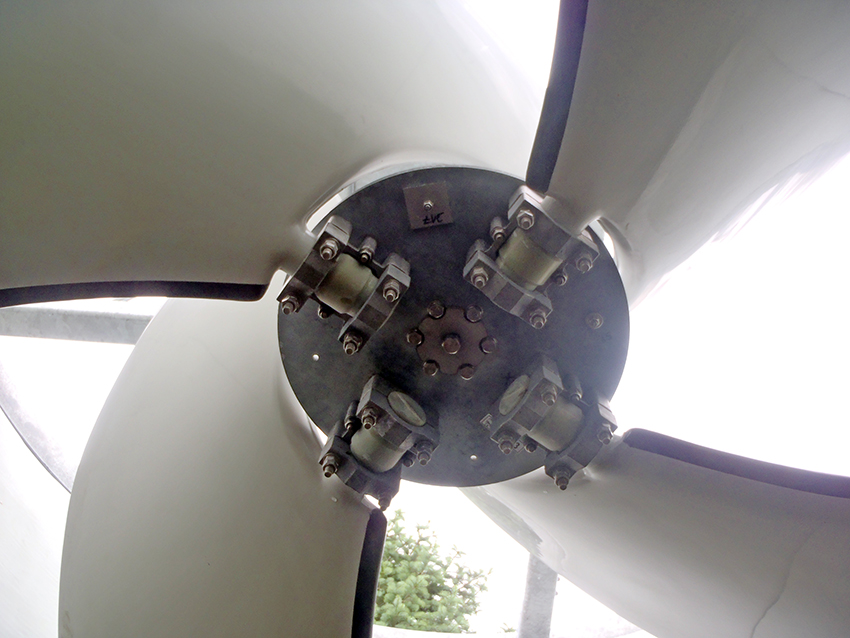
The high noise emissions of the evaporative towers have been eliminated thanks to the solution offered by the company Wentylatory Wentech. The supplier verified the gas distributor situation by taking measurements at several dozens points in the plant and the adjacent residential areas. The customer was then offered the quietest 14” blade model fans on the market, which combined the high efficiency rates required with significantly lower noise emissions.
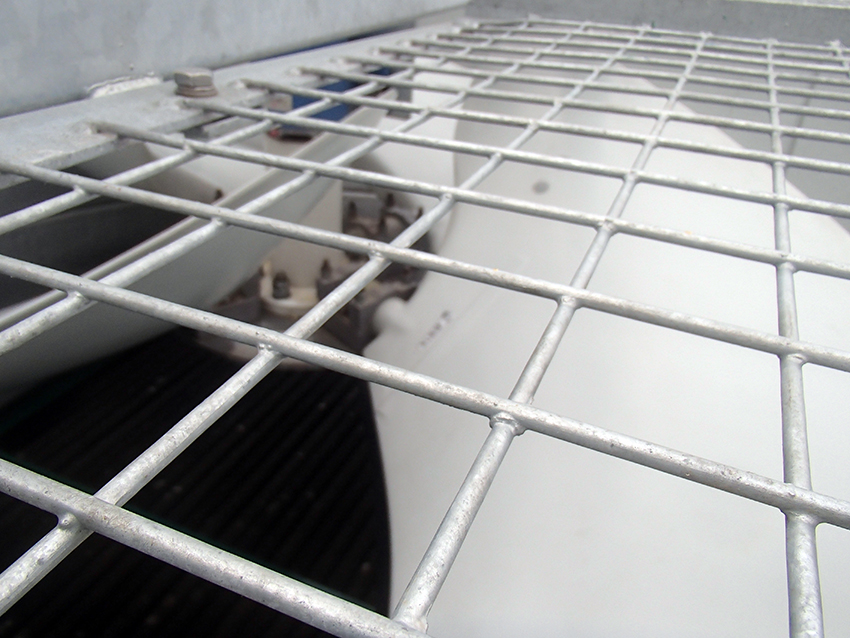
Subscribe here to our Tempco Newsletter – Solid Temperature.

